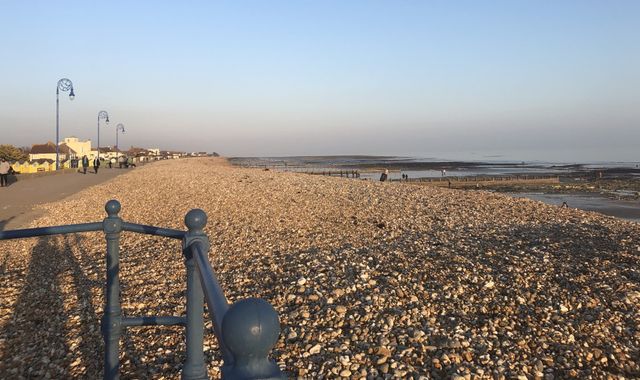Will 2017 be the year of the White Christmas?
Written by News on 25/11/2017
After our first taste of wintry weather, everyone is keen to know if we’ll get a White Christmas this year.

The bookies certainly think so, slashing their odds over the past few days. But what do the meteorologists reckon?
While most of the UK’s snow days happen between January and March, statistically the odds are pretty good for a White Christmas. Over the past 57 years, a snowflake has fallen somewhere in the UK on Christmas Day 38 times and that’s all you need for an official White Christmas.
Yes, believe it or not, the bookies will pay out for just a single flake of snow to be observed falling during the 24 hours of 25 December at a number of official locations across the UK, including Buckingham Palace, Edinburgh Castle, the Millennium Stadium in Cardiff and Manchester’s Coronation Street.
Already lying snow on the ground doesn’t count, the snowflake has to fall on Christmas Day. Good job too as a Dickensian blanket of snow on the ground is much rarer, only occurring a handful of times over the past half century.
So what do we need for snow? The shopping list is pretty short – cold air and moisture in the atmosphere. This moisture is in the form of tiny ice crystals in clouds that collide and stick together to become snowflakes and when they become too heavy they fall to the ground.
Our coldest winter weather comes from the Arctic Circle to the north or Siberia to the east. The longer we are exposed to air coming from these directions, the colder it will get. But a plunge of cold air isn’t enough, we need to get moisture from somewhere to produce the snow.
The usual suspects are polar lows, showers set off over the sea or a frontal system coming up against cold air. Even just continuous heavy rain can lower the air temperature enough for snow to start falling instead.
If you’re a fan of pressure charts then keep your eyes peeled for cold dry continental air from the north or east bumping into relatively mild moist maritime air from the south or west. This battleground of contrasting air masses can produce snow, but it’s a fine line between rain, sleet and snow.
Surprisingly, the air temperature doesn’t need to be below zero for snow to fall, below 2C is cold enough. In fact, the heaviest snowfalls tend to occur between 0 and 2C. The slightly warmer air causes the snowflakes to melt around the edges and stick together to become big, heavy flakes. This ‘wet’ snow is great for making snowmen, by the way.
Technically 2015 was a White Christmas, with 10% of weather stations recording snow falling, but none reported any snow lying on the ground. And around 13% of weather stations recorded sleet or snow falling in 2009, with 57% reporting snow on the ground. But for the majority of us, the last widespread White Christmas was back in 2010.
So will our festive dreams come true this year?
In weather terms it is still a long way off but so far the signs are good with a generally blocked pattern.
It looks as though temperatures will be below average for much of December, but exactly how cold is still up for grabs.
Forecast models are hinting that Atlantic weather fronts will try to push in from the middle of the month, and when rain meets colder air we could well get that all-important festive snowflake.
(c) Sky News 2017: Will 2017 be the year of the White Christmas?





